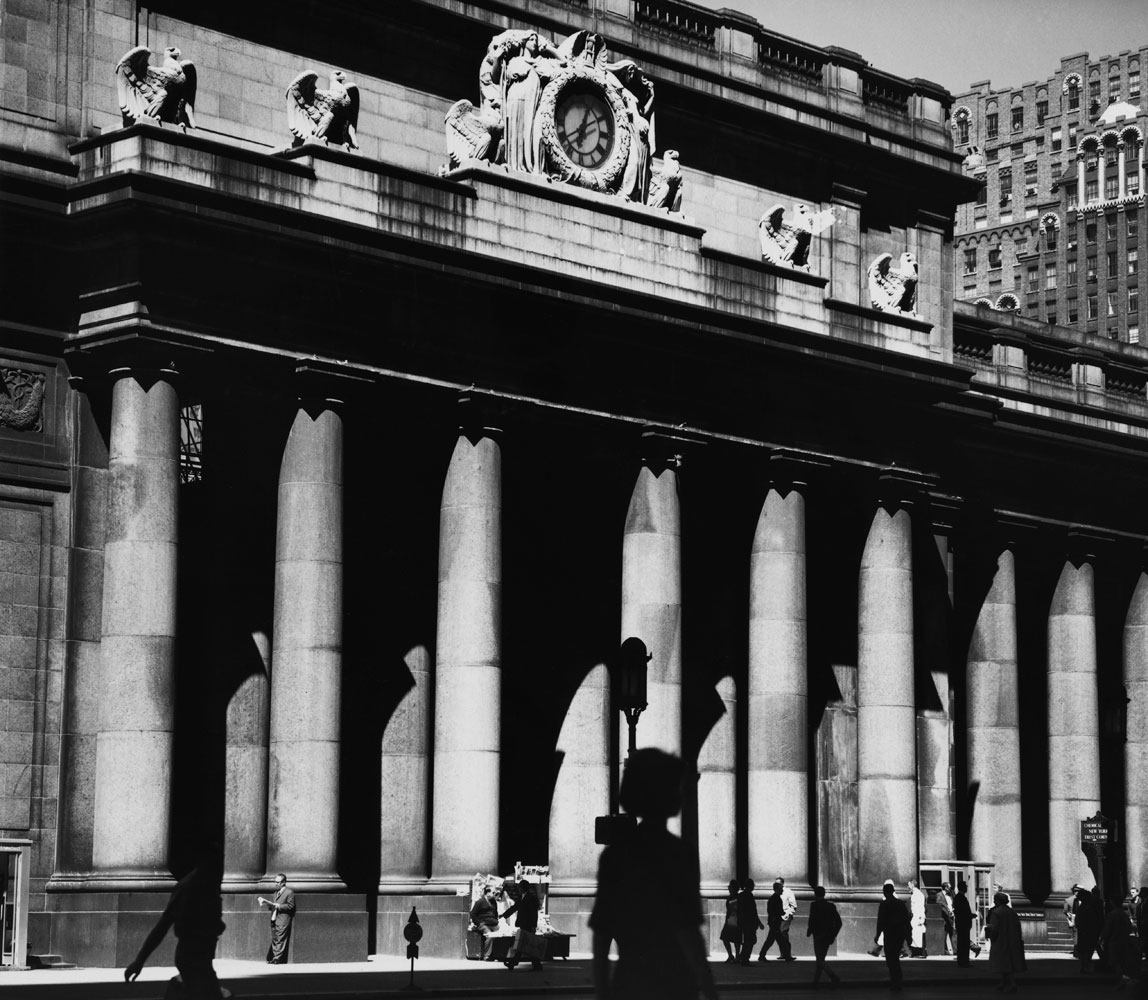
One of the enduring cultural battles fought in the Unites States — and in countless other countries, as well — over the years involves the forces of “progress” arrayed against proponents of “tradition.” In this conflict, advocates of progress are generally seen as forward-thinking optimists or greed-driven destroyers of all that is good and noble in the culture, while traditionalists are characterized as either bastions of reason and good taste or hopelessly outdated relics who really ought to get out of the way and let the rest of us move ahead.
However one views the opposing sides, it’s unlikely that many people alive today would come down on the side of “progress” in respect to at least one particular American beauty that fell victim to modernization five long decades ago: New York’s original, magnificent Pennsylvania Station.
The splendid Beaux-Arts style terminus, which took up two city blocks in midtown Manhattan and featured a 15-story ceiling and a waiting room almost as long as a football field, was inspired by some of the greatest architecture of the ancient world. Designed by the celebrated firm of McKim, Mead & White (the folks responsible for countless landmark buildings around the country), Penn Station was conceived and constructed on a scale that felt and looked at-once heroic and deeply, comfortingly human.
But in the late-1950 and early 1960s, places like the pink-granite and marble Penn Station were under assault by an attitude — one hesitates to dignify it as a “philosophy” — that judged anything more than a few decades old to be utterly suspect, while anything new, modern or contemporary was seen as good, better, best. Here, on the anniversary of Pennsylvania Station’s November 27, 1910, opening, LIFE.com offers a number photos — many of which never ran in LIFE — shot by Walker Evans for a 1963 feature decrying the national mania for “progress.”
In the July 5, 1963, issue of the magazine, in an article titled, forthrightly, “America’s Heritage of Great Architecture Is Doomed,” LIFE sounded the alarm to its readers:
Above the scurry and tumult of travelers, clocks tick away the final hours of a grand and historic monument. New York’s Pennsylvania Station is doomed. Its herculean columns, its vast canopies of concrete and steel will soon be blasted into rubble to make way for a monstrous complex — sports arena [today’s Madison Square Garden — Ed.], bowling alley, hotel and office building. The disaster that has befallen Penn Station threatens thousands of other prized American buildings. From east to west, the wrecker’s ball and bulldozer are lords of the land. In the ruthless, if often well-intentioned, cause of progress, the nation’s heritage from colonial days onward is being ravaged indiscriminately — for highways, parking lots, new structures of modernized mediocrity.
The fact that LIFE’s dire forecast has not entirely come to pass — Grand Central Terminal, for example, won reprieve from destruction just a few years after the LIFE article appeared, in large part because of outraged resistance from the likes of Jacqueline Kennedy Onassis — just goes to show that, every once in a while, reason and good taste can carry the day.
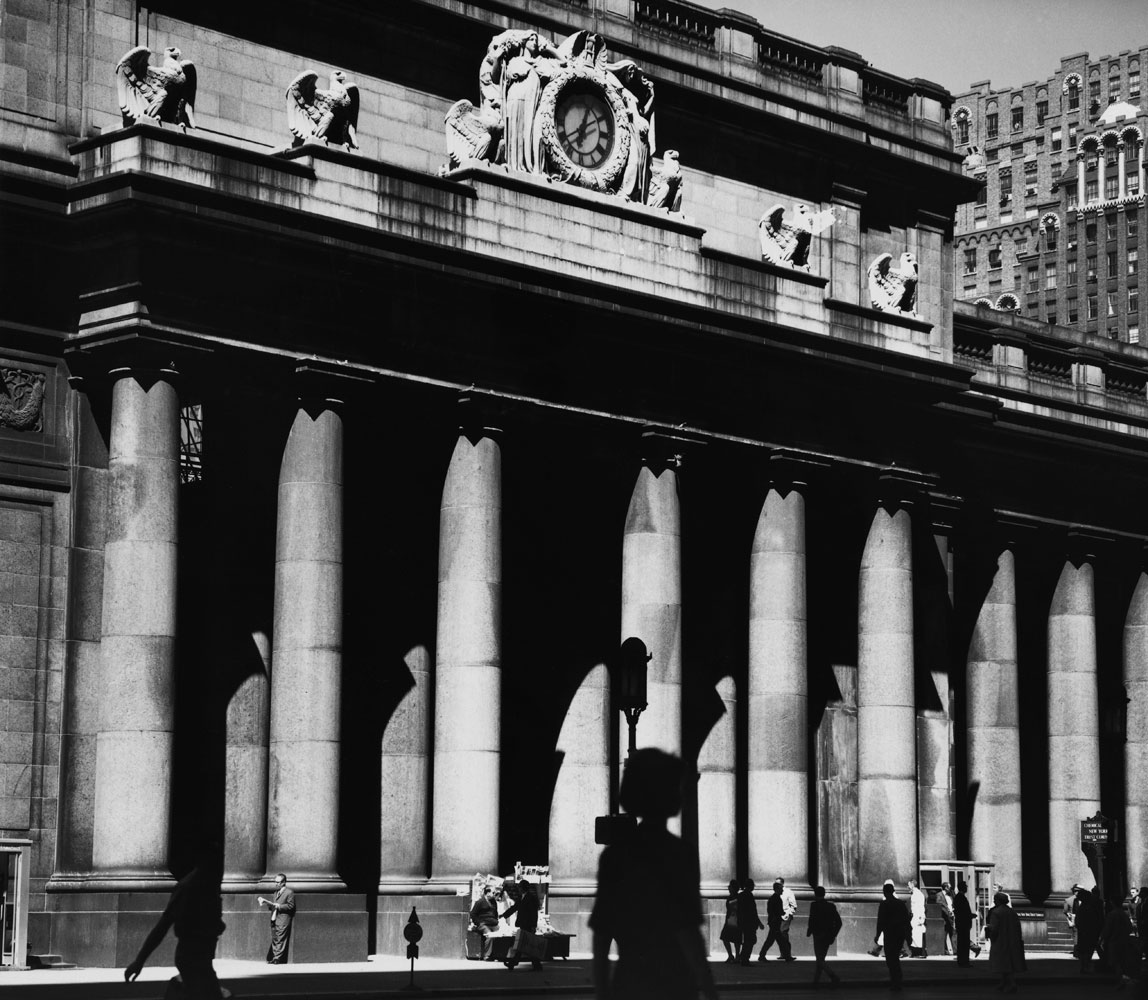
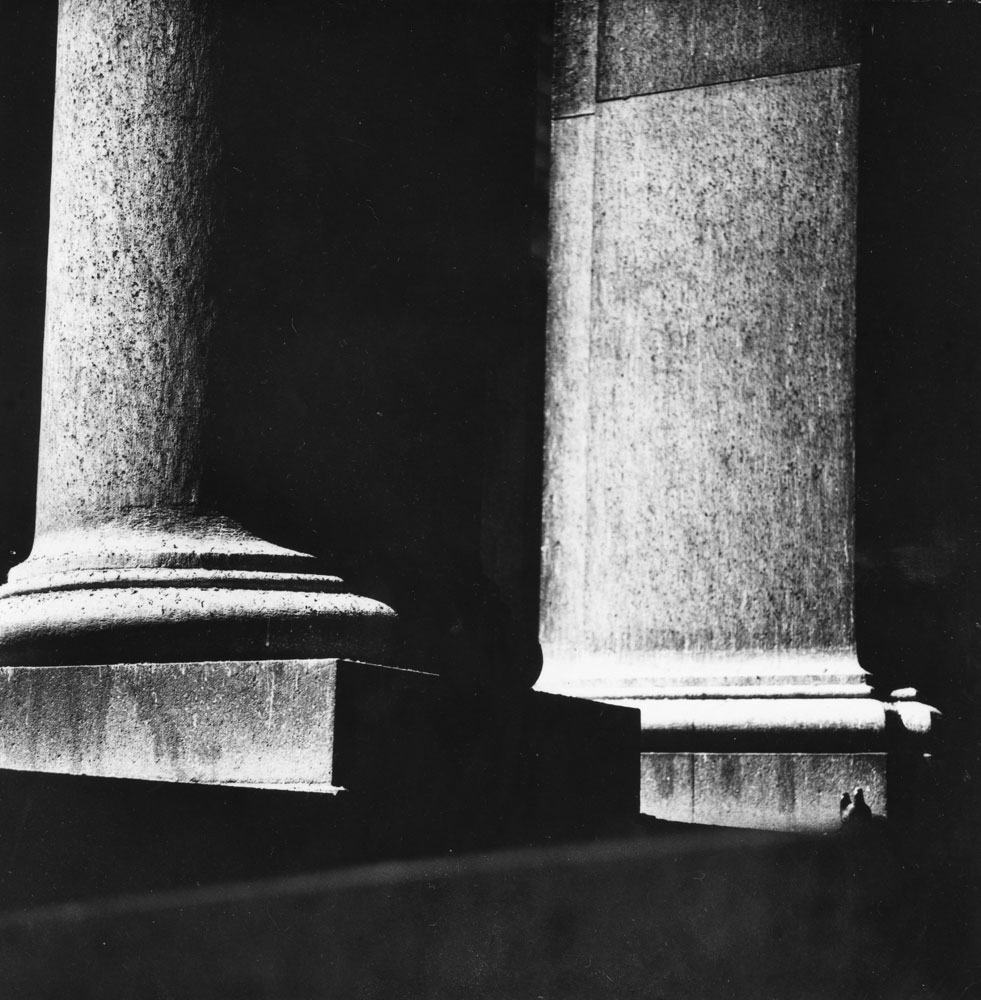
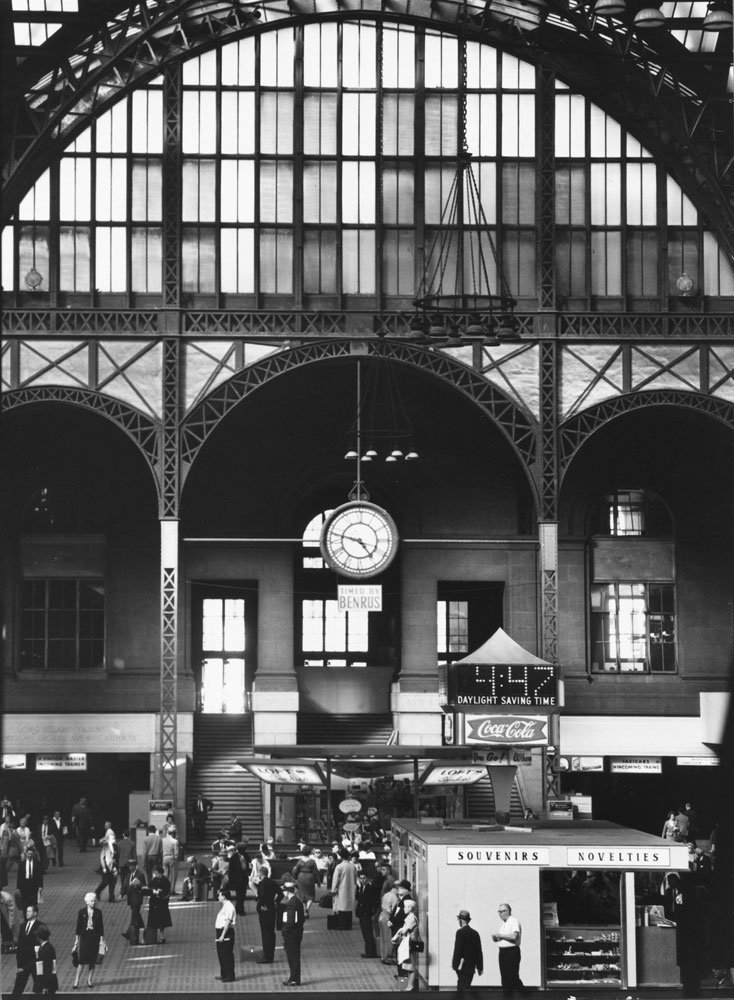
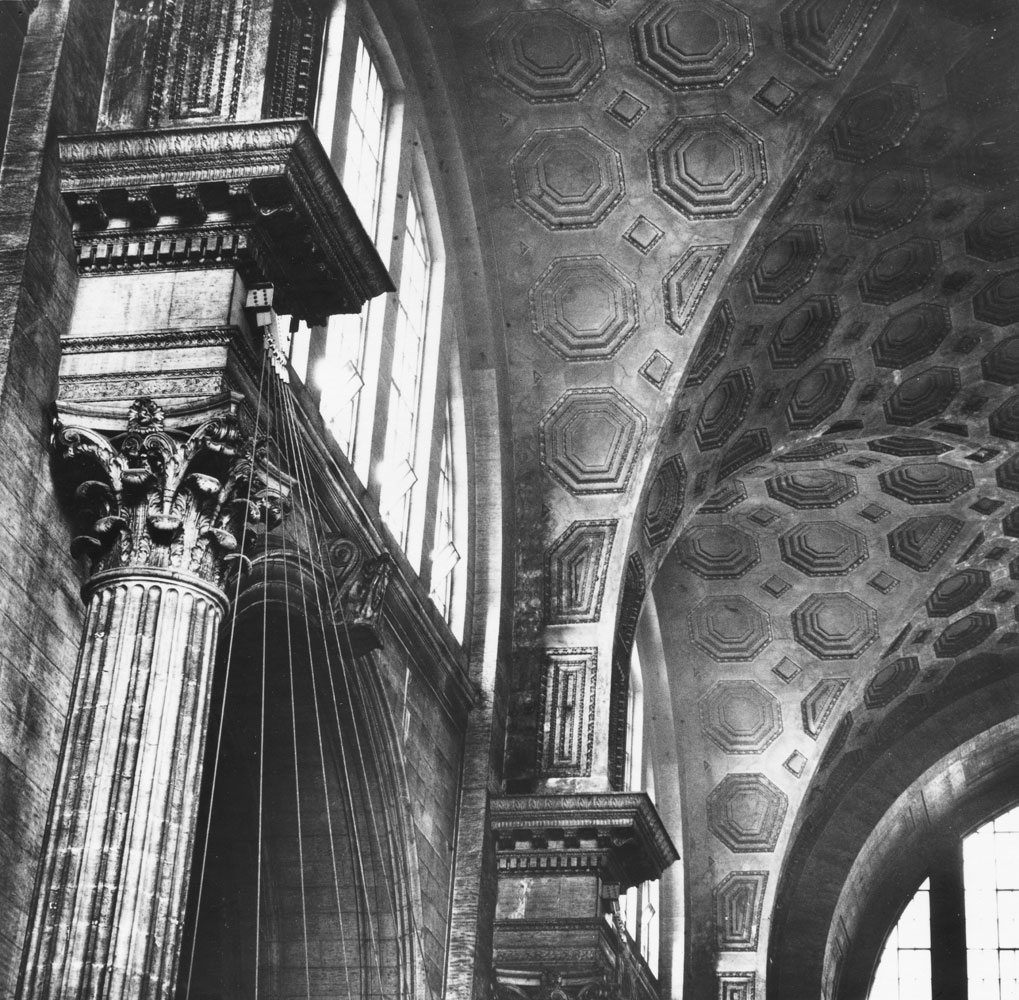

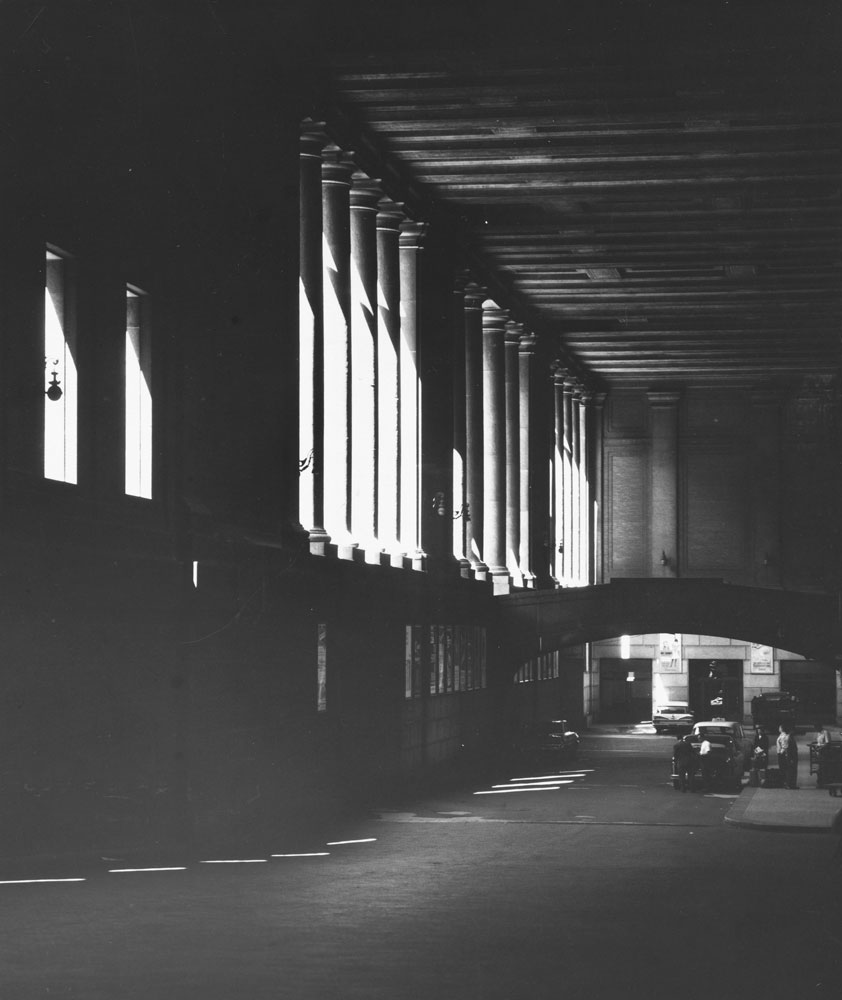

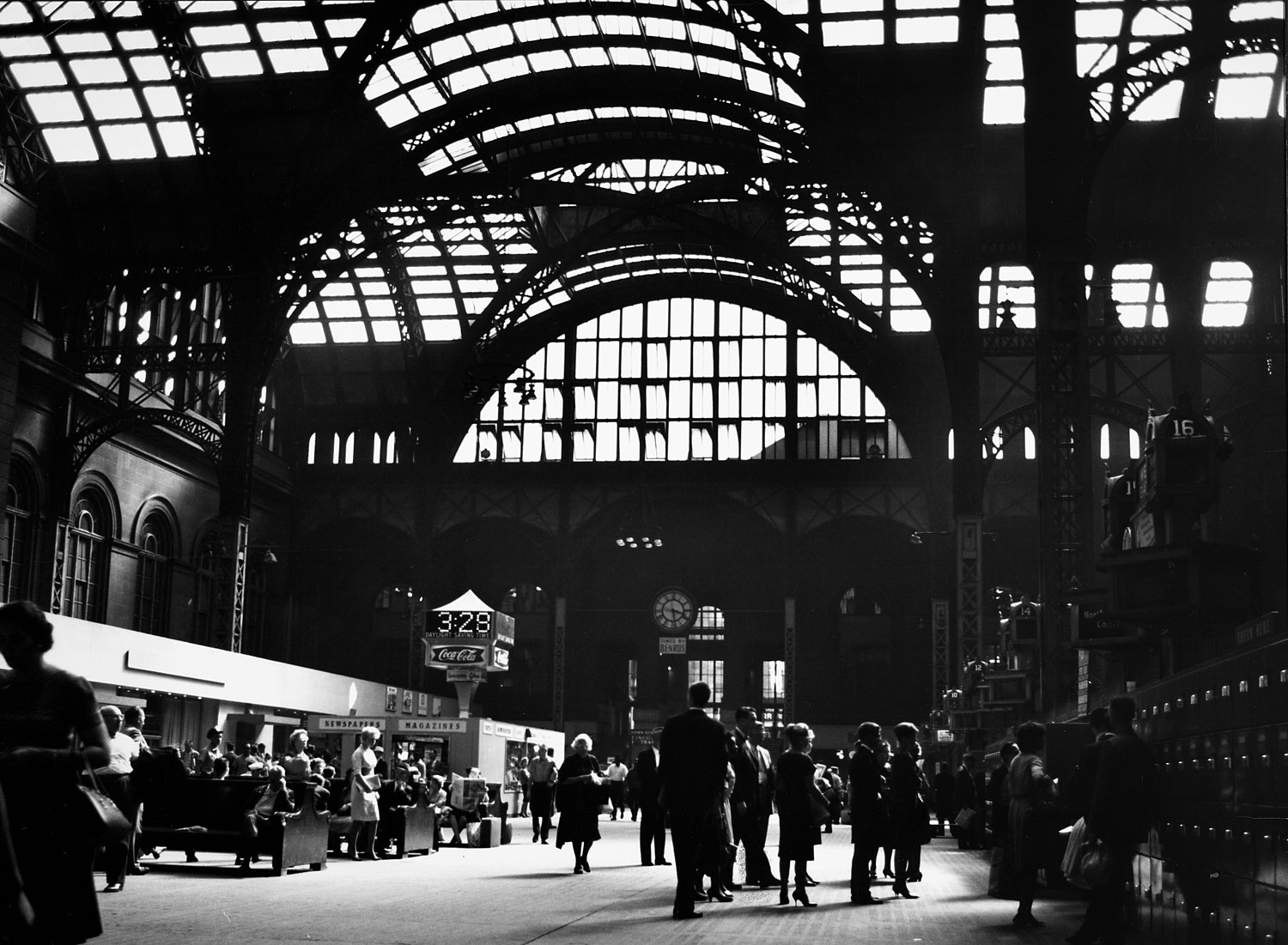
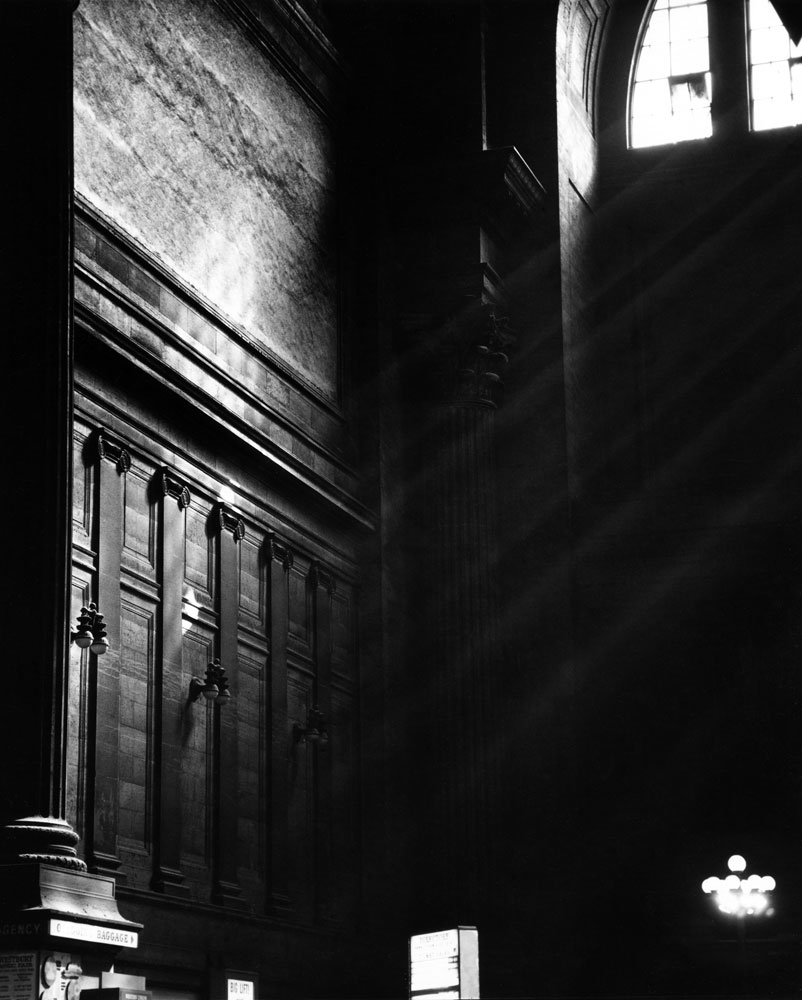
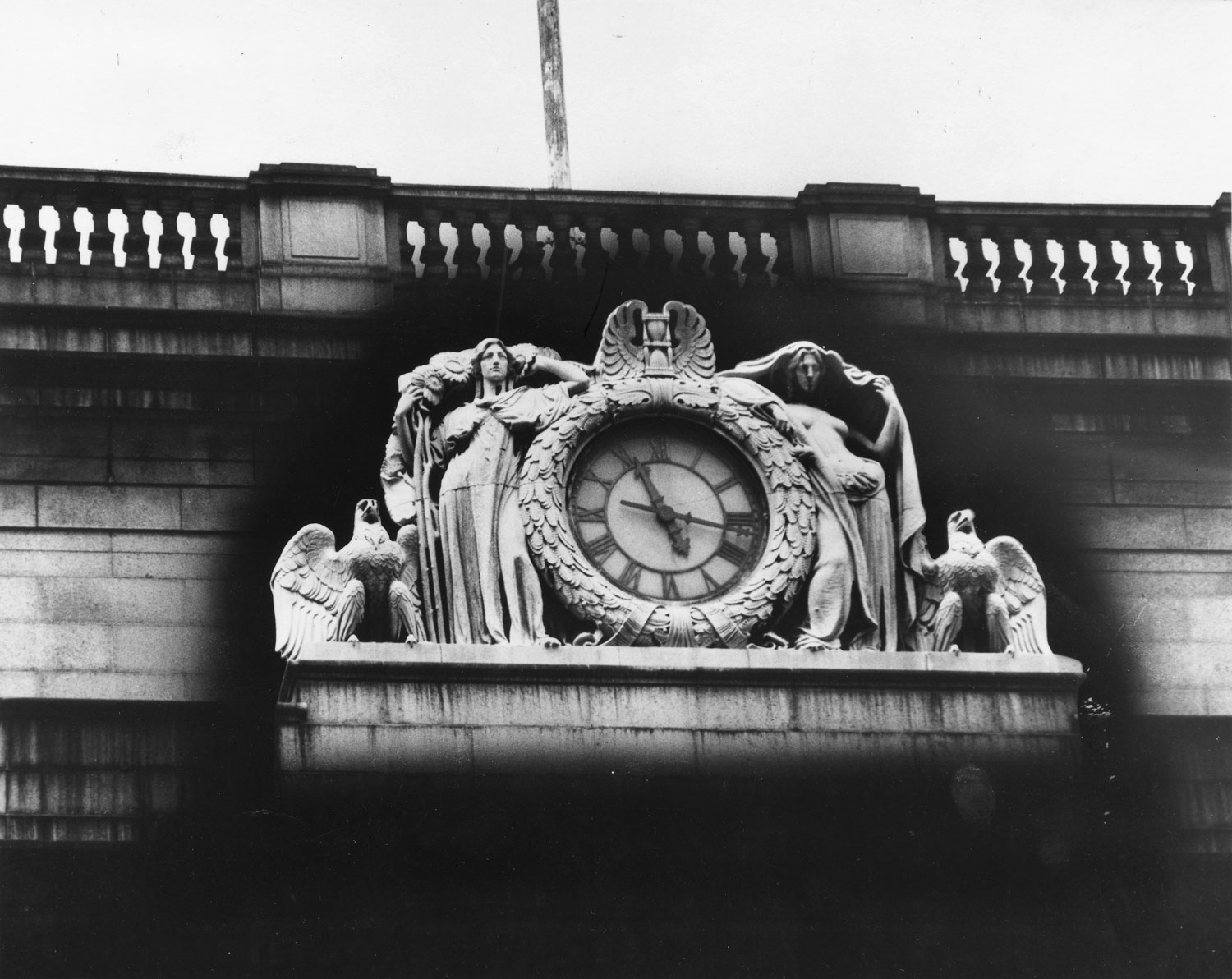
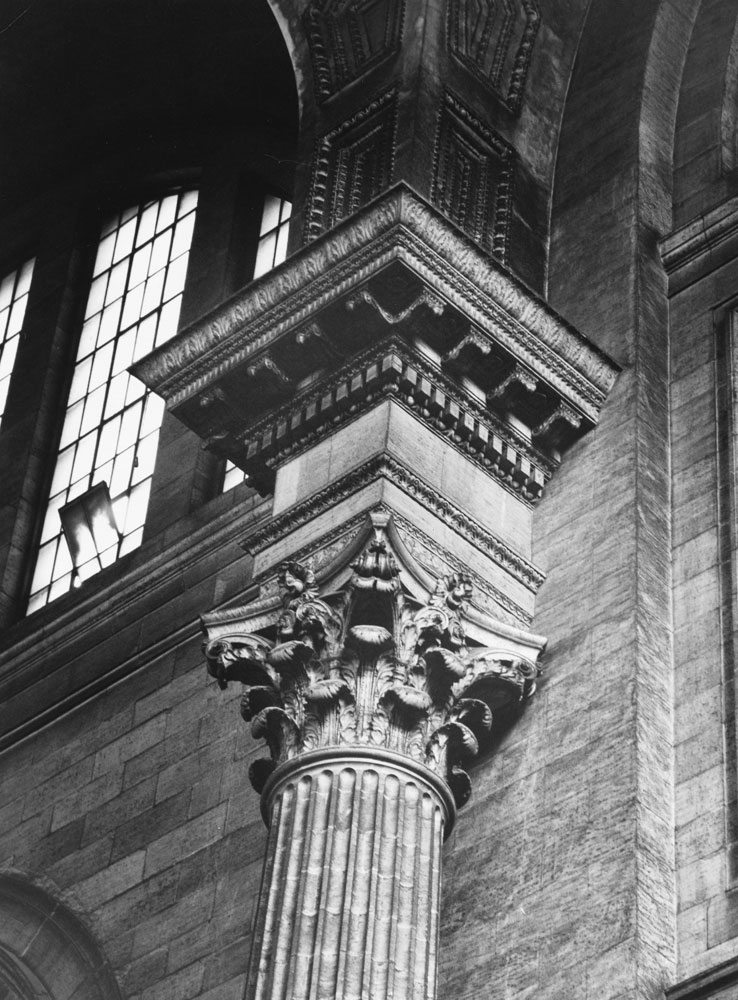
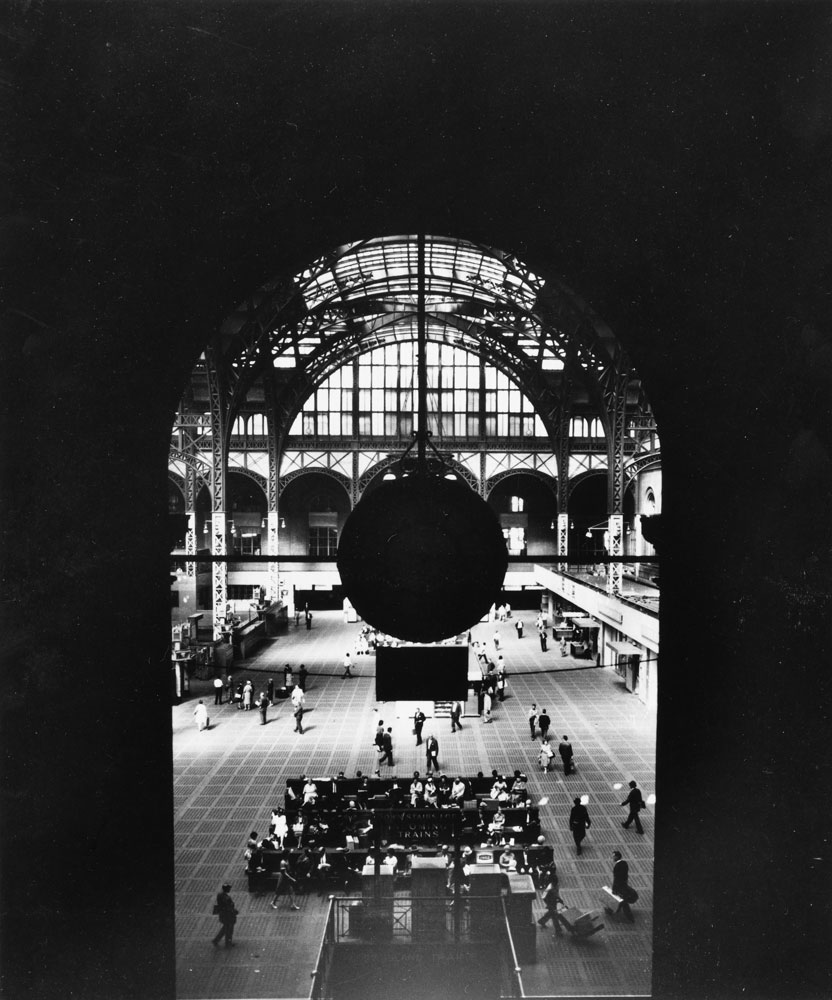
More Must-Reads from TIME
- Donald Trump Is TIME's 2024 Person of the Year
- Why We Chose Trump as Person of the Year
- Is Intermittent Fasting Good or Bad for You?
- The 100 Must-Read Books of 2024
- The 20 Best Christmas TV Episodes
- Column: If Optimism Feels Ridiculous Now, Try Hope
- The Future of Climate Action Is Trade Policy
- Merle Bombardieri Is Helping People Make the Baby Decision
Contact us at letters@time.com